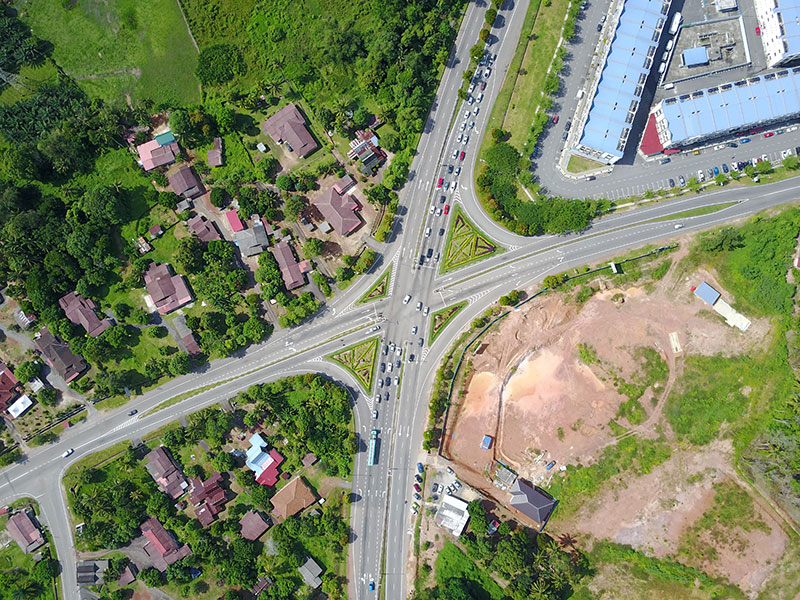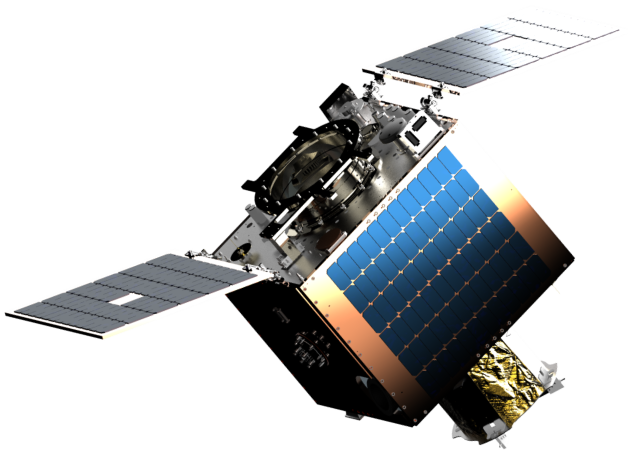
18th January 2018 First full-colour motion video from satellites Earth-i, a mapping service based in England, has launched a prototype of the world's first full-colour, full-motion video satellite constellation.
British company Earth-i has successfully launched a prototype of its upcoming satellite constellation into orbit. The new network – known as Vivid-i – will be the first of its kind to provide full-colour motion video and the first European-owned constellation able to provide both video and still images. Multiple satellites within the Vivid-i constellation will significantly increase the ability of companies and institutions to monitor, track and analyse activities, patterns of life and changes at any location on earth. “Today’s launch is a significant moment for the UK and global space industries with Earth-i’s progress being tracked across the world. Earth-i is an exciting and innovative British company and is a fine example of our thriving space sector,” said Dr Graham Turnock, Chief Executive of the UK Space Agency. “The Government’s recently published Industrial Strategy set out a clear vision for the UK to become the world’s most innovative nation and we are working with industry to capture 10% of the global space market by 2030.” “This launch is a significant development and welcomed by ESA,” said Josef Aschbacher, Director of Earth Observation Programmes at the European Space Agency (ESA). “The Vivid-i constellation will provide capabilities we haven’t seen before, including full-colour video and an assured stream of high-quality data from space to help improve both our planet and our lives on Earth.”
Credit: Earth-i
The prototype satellite, designated CARBONITE-2 by manufacturer Surrey Satellite Technology Limited (SSTL), was launched on a Polar Satellite Launch Vehicle from the Sriharikota rocket launch centre operated by the Indian Space Research Organisation (ISRO) in southeast India. CARBONITE-2 (referred to as VividX2 by the Earth-i team) will demonstrate key technology and processes for Earth-i’s constellation of 15 satellites planned for launch from 2019 onwards. This includes tasking, data downlinks to ground stations, image quality and the complex motion control systems that enable the spacecraft to capture video from space. The satellite weighs 100 kg (220 lb) and will orbit at 505 km (314 miles) above the Earth. At the heart of the new satellite is an Ultra High Definition (UHD) camera that will capture high-resolution images for any location on Earth – identifying objects as small as 60 cm (23 inches) and recording video of moving objects such as vehicles, vessels and aircraft. In recent years, an era known as "New Space" has emerged, with businesses and governments who increasingly want to use high-quality, timely imagery from space to improve investment and trading decisions, monitor and track assets more cost effectively, track changes or activities in critical locations and predict future events with more certainty. The Vivid-i network – and others that follow – will enable this trend to continue. At the same time, however, there must surely be questions raised over privacy and security. Imagine a future generation of satellites in the 2040s or 50s, able to record moving video with millimetre-scale resolution. While this may be very useful in some ways, the technology could be open to abuse. If the videos were combined with AI algorithms, for example, it might even be possible to lip-read somebody, using a satellite hundreds of miles above the Earth.
Comments »
If you enjoyed this article, please consider sharing it:
|








